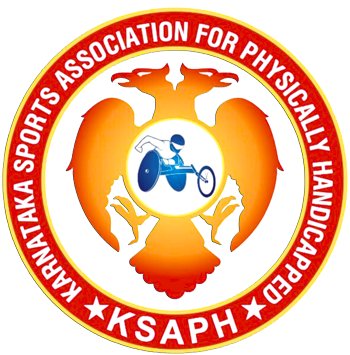Sitting Volleyball
Sitting Volleyball
Men’s sitting volleyball was first included in the 1980 Paralympic Games with the women’s version following in 2004. The sport is governed by World ParaVolley.
Sitting volleyball is a team sport featuring constant motion, communication and bursts of explosiveness. Two teams of six players are separated by a net and try to score points by grounding the ball onto the other side’s court.
Sitting volleyball has many similarities to its stand-up version, but with a few modifications.
Whilst teams in the stand-up version are separated by a raised net, sitting volleyball is played from a lower net. The court dimensions in sitting volleyball are also smaller.
The main difference between the two versions is that sitting volleyball, as its name implies, is played from seated positions. At all times, the athlete’s pelvis must be in contact with the ground, and service blocks and attacks are allowed.
It is played in a best-of-five set format, and the first to reach 25 points (with at least a two-point lead) wins the set.
World ParaVolley is the global governing body of sitting volleyball.
Sitting volleyball athletes may be amputees or have loss of muscular strength or flexibility in a joint.
CLASSES
Being unable to stand is not a requirement for playing sitting volleyball.
There are two sport classes depending on the severity and impact on the core functions in sitting volleyball: VS1 and VS2 (less impaired).
Impairments can be either upper or lower limb, or both.
Teams can have up to two VS2 on the roster.
ELIGIBLE IMPAIRMENT TYPES
Impaired muscle power
Athetosis
Impaired passive range of movement
Hypertonia
Limb deficiency
Ataxia
Leg length difference












